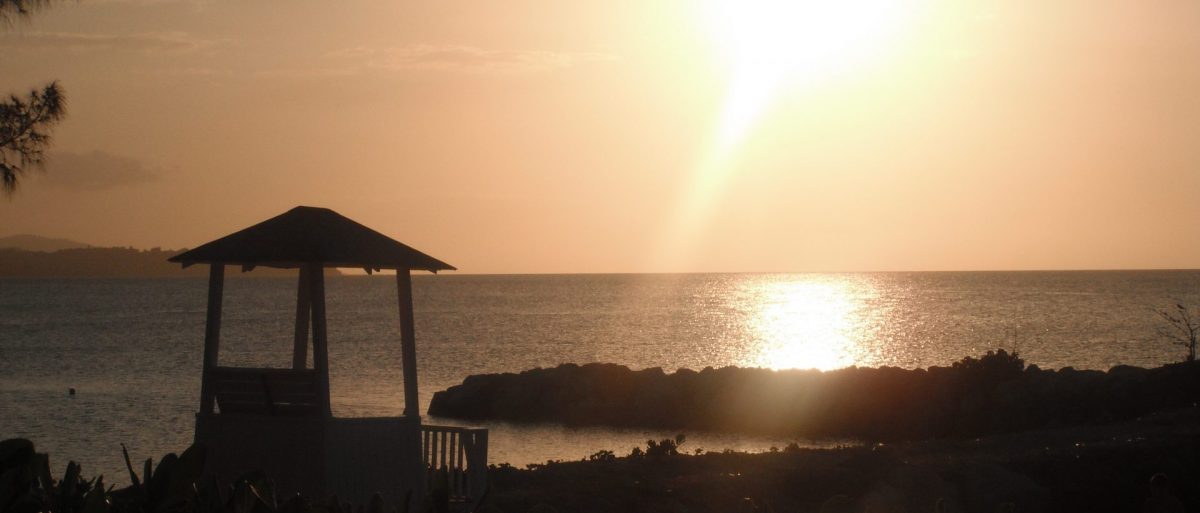When a friend suggested that we take an excursion to La Laguna we were chomping at the bit to take a ride. From our condo it was a 45 minute ride to a very secluded mountain lake. The place was described as Jurassic Park in Panama. We agreed that the place was really cool but not a place to entertain our visitors. It was a great place for a hike and quiet solitude. There were very few others there, possibly because of the need for four wheel drive to reach our destination. At the end of the day we agreed that the best part of it was the ride up there. On our return to civilization we stopped at a housing project nested on the mountainside which was too cool not to explore. Sante’ Fe was in the possibility of places we could want to live so we took a look. We could build a new home for slightly more than buying a condo on the beach. This turns out to be a no brainer for us. We have decided that we are beach, rather than mountain people. Enjoy the pictures of this adventure. We had magnificent views of the ocean from the mountain housing project where we looked at lots. It seems that everything about Panama leaves us awestruck and amazed. Every day is a new adventure even if we never leave the condo. The weather here is always interesting and never a disappointment, even when it rains. It is rainy season here now but we rarely have more than a few minutes of rain. Most days we have plenty of quality beach or pool time.

We have discovered many great places to enjoy a meal. Unfortunately we rarely take pictures of our experience. We are dedicated to doing better at this. One of the best meals is right here at our condo. The chef at La Terrazas Del Mar is truly amazing. We have been there several times without a bad experience. We do, however, find the fondas the most fun and always cheap. On Sunday we enjoyed the fonda outside our gate. We will return often as we can eat there cheaper than cooking at home.



We also have found a great place where the half pound burgers are less than $5. They have birds and a great patio dining area.



Our best find was one afternoon we took off for a beach lunch. The lobster was pricey, but well worth the trip. It rained while we enjoyed a special lunch under a bohio.

When we are not eating we enjoy our church and have volunteered to teach English to the local community. We have 4 students each and have just completed the 4th week of this awesome outreach. We both feel like we are not quite qualified for this, however it provides us a degree of satisfaction as we see the progression of these wonderful students. They are so anxious to learn and they are all learning to communicate with the many North Americans who live in this community. We are becoming active in the church and look forward to church on Sunday morning as well as Bible study. Our pastor is a great communicator and our knowledge of the Bible is growing. We both feel that Gods purpose for moving us here is buried in the details.
We are looking forward to a visit from friends in less than 2 weeks. We love to share our adventures, and hope that we can show them a great time.
For now we will say adios and leave you with a great picture of a recent sunrise (the feature picture). We cannot express enough how awesome the weather is here. As we wrap up this post we are sitting on our balcony watching a storm come across the horizon.








































